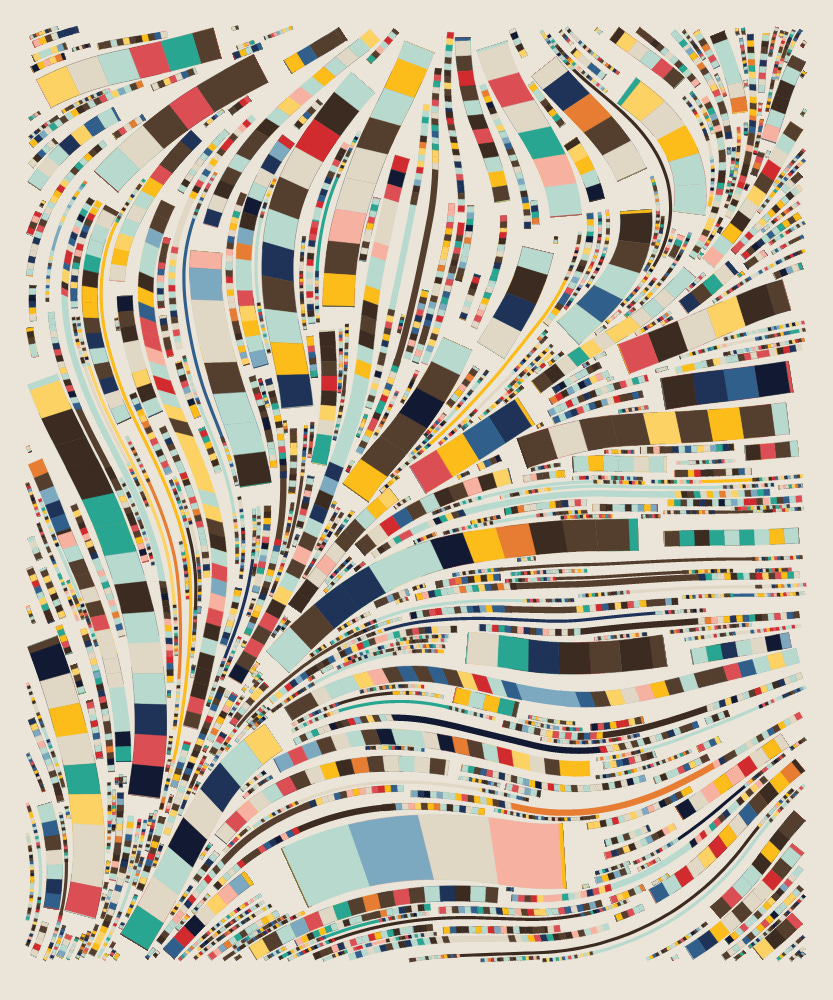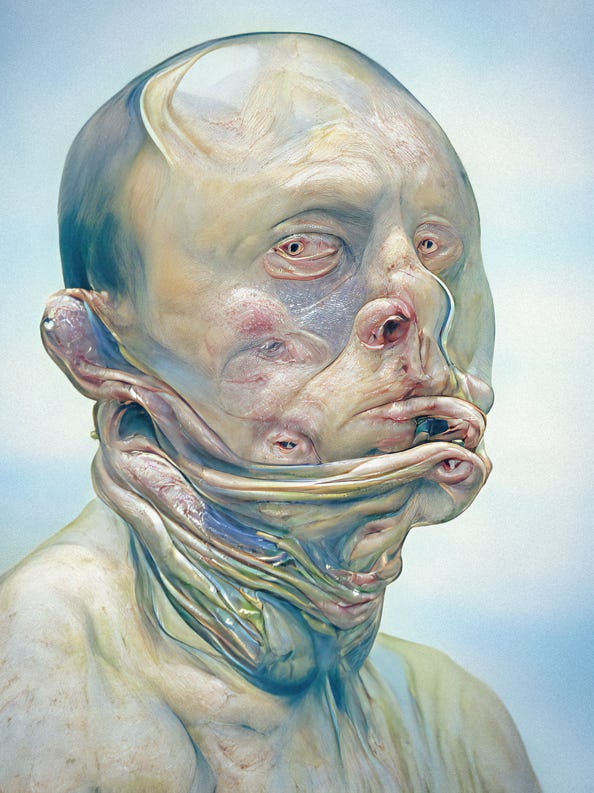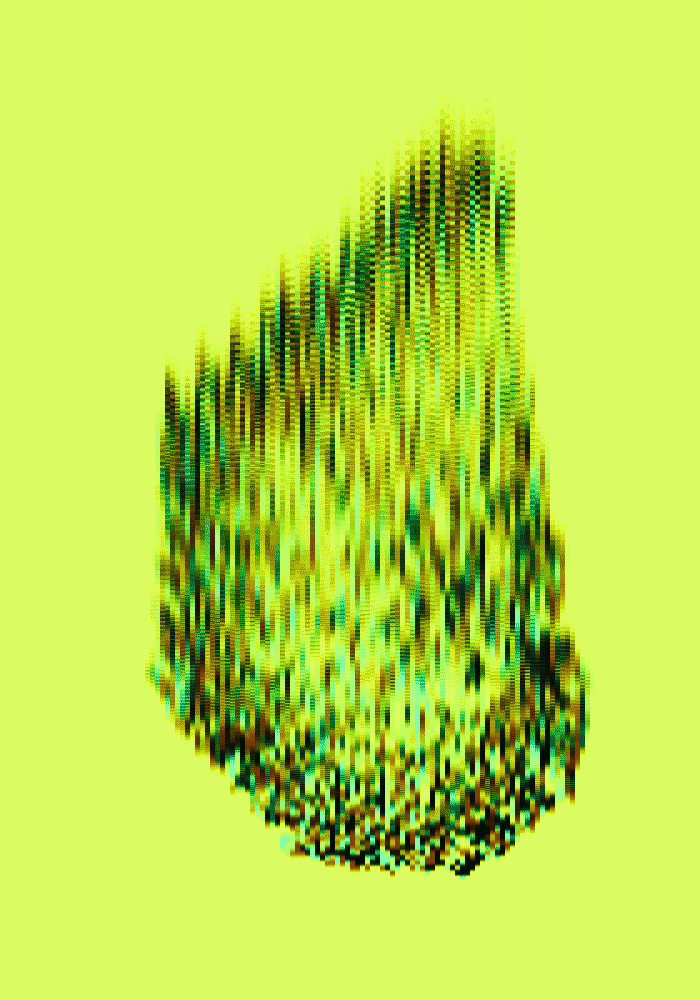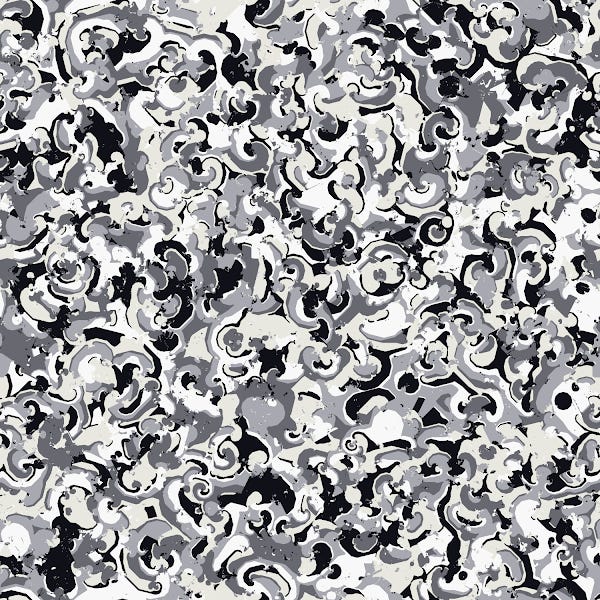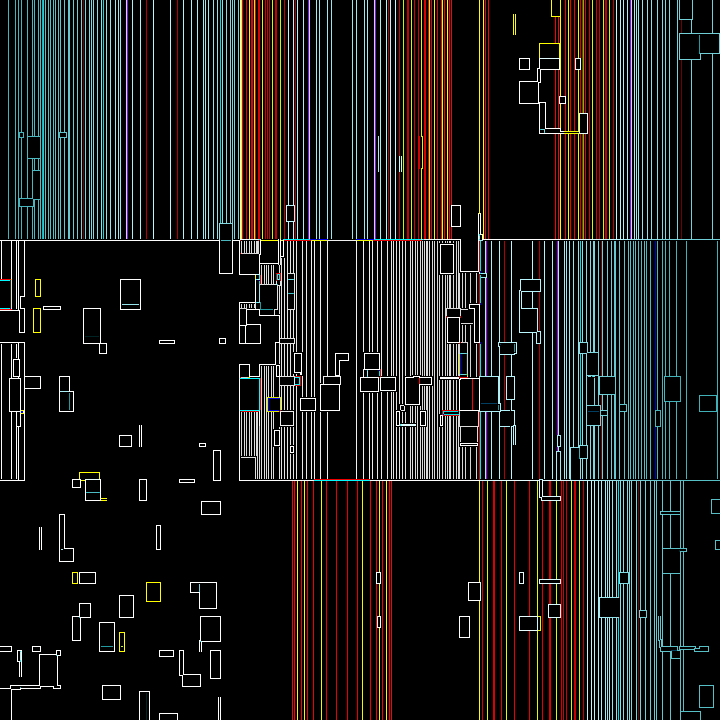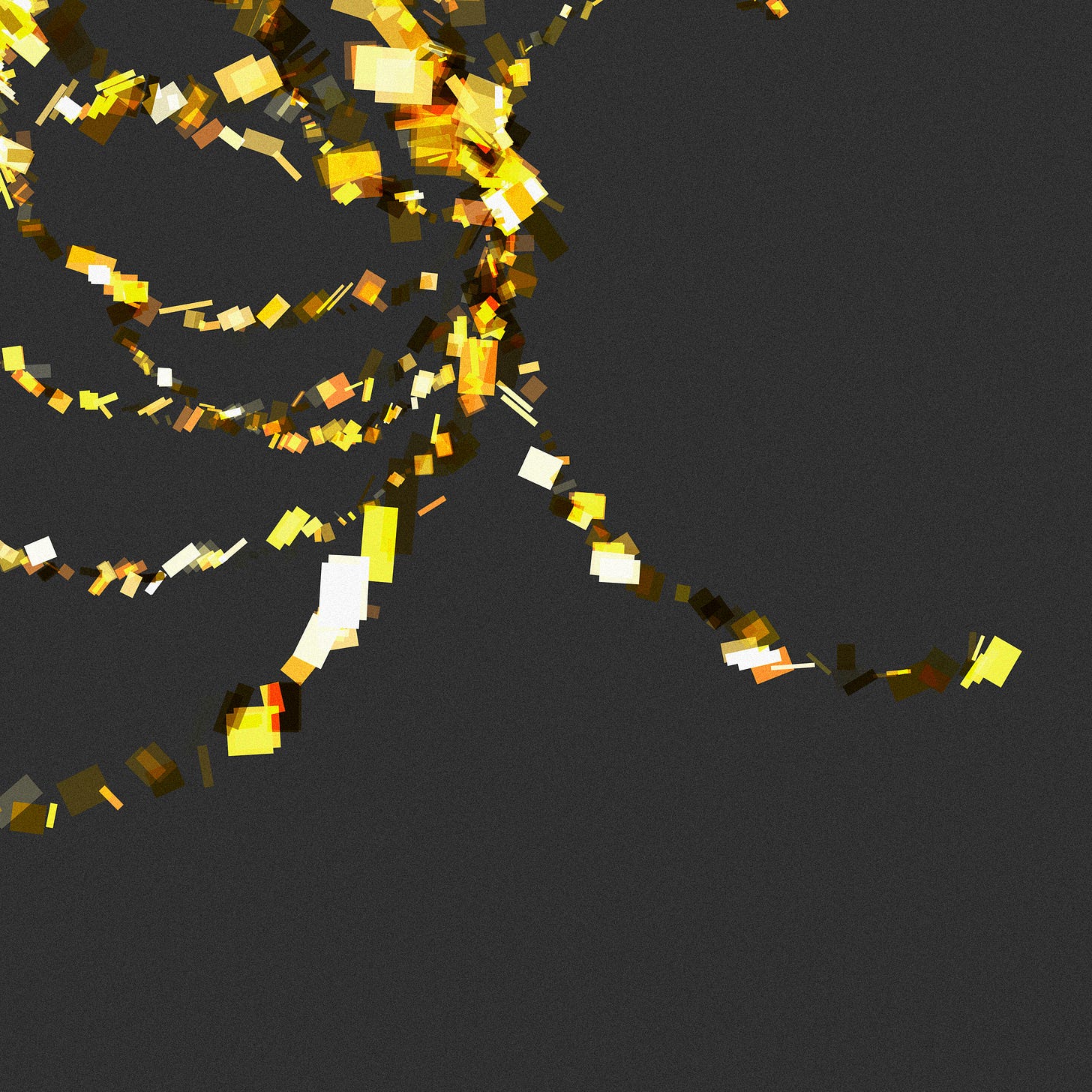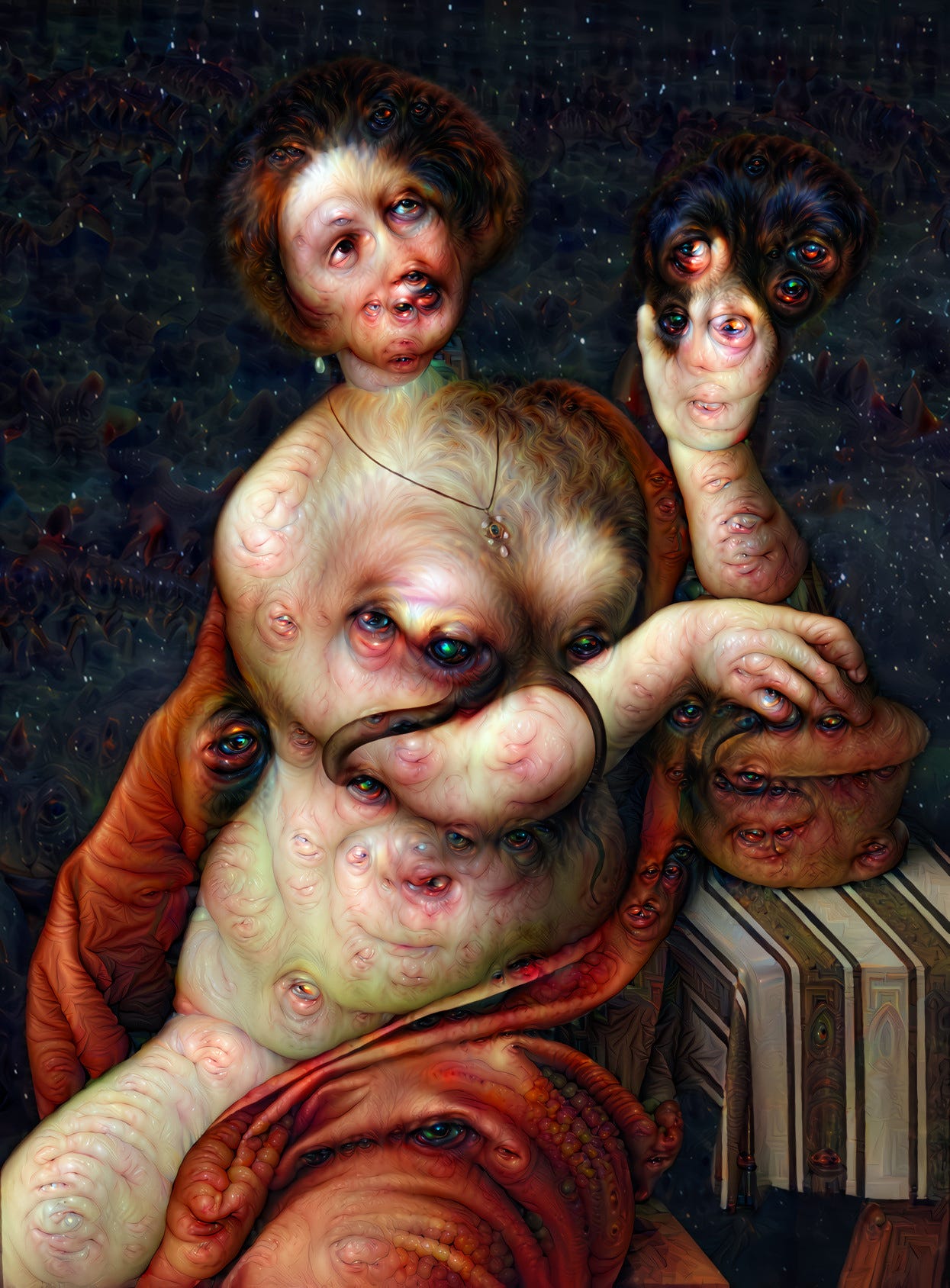Generative Art NFTs: 5 Things to Know Why They're Unique
Generative Art NFTs: 5 Things to Know Why They're Unique
This article was originally written in September 2021 and updated in June 2023.
What Is Gen Art?
I was trying to define “generative art” before explaining why I think it is so special. So I googled gen art, and good old Wikipedia had a solid description.
Generative art refers to art that in whole or in part has been created with the use of an autonomous system. An autonomous system in this context is generally one that is non-human and can independently determine features of an artwork that would otherwise require decisions made directly by the artist.
Top 5 Reasons Why Gen Art NFTs Are Unique
Some say we are still early into crypto and NFTs. I think we are even earlier to generative and machine-assisted art. Today might be the best time to explore, follow and get your feet wet in this fantastic new field. With this in mind, I’ll try to explain why this form of art is so unique, and maybe it helps to understand why Art Blocks Fidenza #313 sold for 1k ETH (+$3 Million USD).
Interpretation of my portrait photography by Generative Adversarial Networks. Inspired by classical and contemporary art and photography I harvest and curate generative adversarial network brood that resonates with my subconscious mind. the Collaborationist.
Bas Uterwijk (@ganbrood)
1. A genuinely new form of art made possible by technology
This form of art has been available for a very short time. Keep in mind, code and computers have been around for less than 70 years. Therefore, this type of invention is made possible by the intersection of NFTs/crypto and the progress made on computers and machines.
Popular artists like Iskra Velitchkova, who had a professional background in data visualization and information design technologies, found this new world right at its inception. Although she has only been producing NFTs since the beginning of this year, her pieces are leading the highest sales rankings on platforms like hic et nunc.
I’ve been working on creative coding, data visualization, genart and information design for the last 10 years, so it’s exciting for me to see all this happening right now, and be part of it.
Iskra Velitchkova
2. One algorithm, thousands of creations
Something that makes generative algorithms so unique is they can produce thousands of individual works at once. They all come from the same source code.
Smart contracts cap the algorithms, which means they could have produced even more objects. One example is the Genesis Automatons, a generative collection of 4000 pieces.
dGen Automatons are a variation of cyclic cellular automata in two dimensions; an implementation of a discrete-time deterministic system where an integer based lattice changes state based on an algorithm which defines the neighborhood of a cell.
3. The tech community recognize the value even more
Crypto and NFTs are, by definition, technical fields filled with geeks and developers. For that reason, this form of art has rapidly found a home in what is called gen art community. I haven’t run the numbers, but there is a big chance most of the NFT community knows how to code or at least understands the fundamentals.
Jess Hewitt (@rustysniper1) is the perfect example. She is a developer who uses basic computer concepts in her creations, some of them are “Partition”, “Lost Packets”, “Sector Wipe”, “Virtualization” among others. When asked about what drives her NFTs, she replied:
I'm often inspired by amazing pieces made by other artists, and I also frequently draw upon dreams or other unusual experiences.
Jess Hewitt
4. Outstanding algorithms are damn hard to create
I’ve been chatting with some of the most popular collectors in the field. They mentioned the aesthetics, technique, coding quality, artists’ background, and authenticity as crucial factors in evaluating a gen art collection. Gen artists are like cyber architects; they need to design software capable of producing striking pieces while making them unique. Every detail is essential. If you have worked with neural networks, trained a model out of data, or coded complex loops with inner loops, you get a good feeling of how time-consuming and draining this process can be.
What makes it even more exciting is there is not only one form of generative art. There are multiple styles, techniques, and outputs, making this space super-rich in variety. The examples showcased in this edition are primarily visual arts, but generative art can also refer to literature, music, theater, and more.
5. Made on-chain, will live forever
Another aspect that is sometimes undervalued in gen art is the algorithm is actually in the smart contract. It can reproduce the piece without the need for an external entity. Some NFTs aren’t 100% decentralized, as the object points to a centralized service.
This technical detail depends on how the specific NFT was set up, so you should research the roots directly. Get your hands dirty and review the smart contracts and the underlying objects to appreciate the quality of the work (again, it is not only about the aesthetics).
I hope this helped you realize why this art type is so valuable and maybe get some inspiration to collect or even create your own pieces. Coming from a computer science background, I am fired up to learn processing, p5.js, and develop my own algorithms…
Until next time,
- Kaloh
PD: If you liked my writing, feel free to click the ❤️ button on this post so more people can discover it on Substack 🙏
Consider subscribing to Kaloh’s Newsletter to receive my articles for free in your inbox. For the full experience, become a premium subscriber.
What you’ll get:
Receive premium and public posts, and access the full archive.
Access to my private Discord server with over 300 digital art enthusiasts.
Participate in monthly giveaways.





